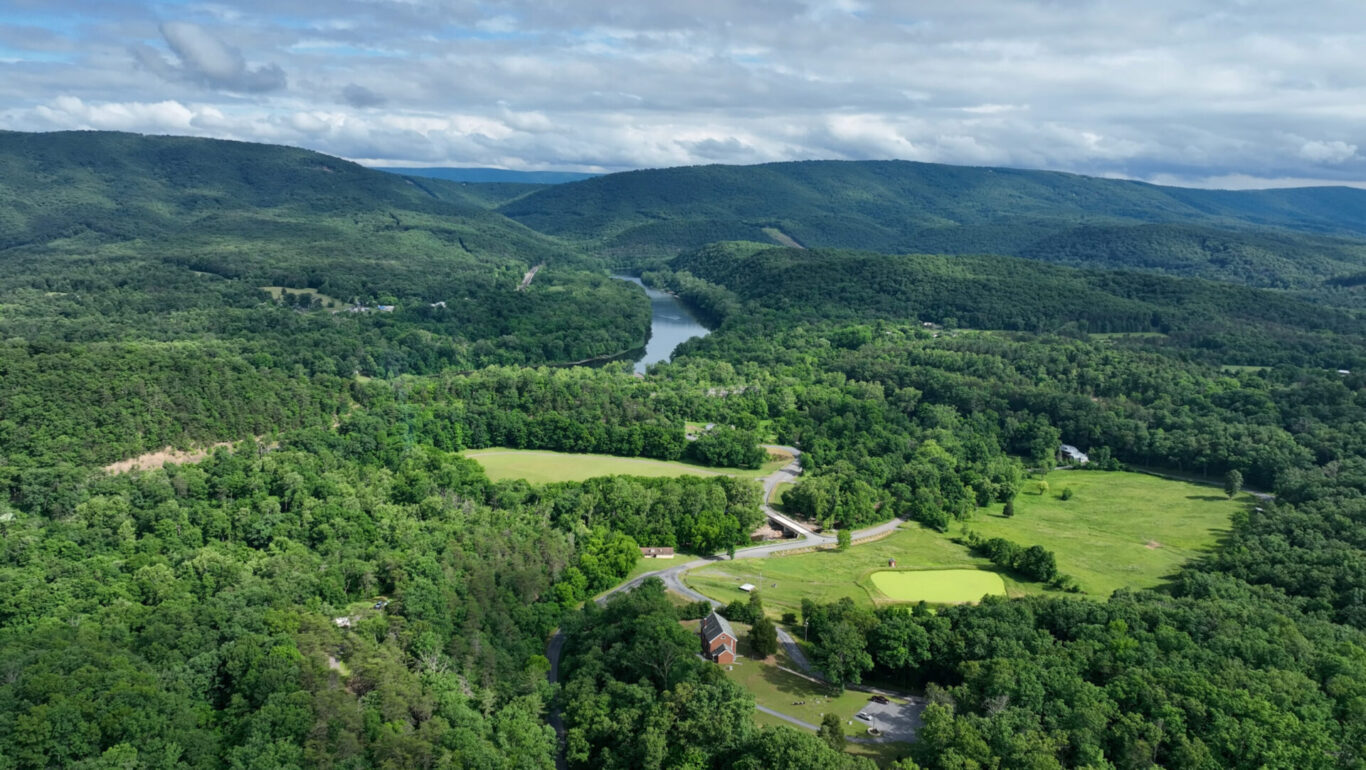
Solo hiking can be a rewarding experience. For those who have not tried it, you must! It gives you the opportunity to push your comfort zone – you’ll be more confident and find out a few things about yourself in the process.
When setting out on an expedition alone, extra precaution should be taken. Essential hiking gear items and helpful advice can ensure your safety on the trails.
Have a Good Navigation System
one of the key considerations should be knowing how to find your way back out if something goes awry – having a map and being familiar with its use are both essential tools.
Bring along a GPS system as well, as it can help you preload a map of the trail and mark its blazes if you become disoriented on your journey. This way, if anything should happen that could leave you lost on the path, at least you’d know exactly where you are!
Discussing trail conditions and hazards with rangers and other hikers can also provide valuable information about trail conditions and potential hazards. They will be able to inform you about wildlife that could be nearby as well as things you should watch out for along your route.
Headlamp
An essential item for night hiking, a headlamp is one of the key items a hiker needs. Generally, higher lumen counts (a measure of brightness) indicate better headlamp performance.
Search for a lamp with the ability to switch between flood and spot modes and has a lockout feature to prevent accidental battery drain. Also look for one with both wide beam lighting for proximity lighting and narrower focused beam lighting for trail finding.
Comfort should also be an integral factor. Heavier lamps typically utilize an additional strap across your forehead for more secure fit, helping reduce bouncing or movement of the headlamp around.
Sun and Rain Protection
Hiking solo is an incredible way to push the limits and strengthen yourself physically, but it is essential that you come equipped with all the appropriate gear so that your adventure remains safe and successful.
Your sunscreen, lightweight hat and bug spray should provide ample UV ray protection, while you should also be prepared with rain gear in case it rains unexpectedly or cold conditions arise. Additionally, be sure to bring along a rain jacket and warm layer just in case!
Your list can be tailored specifically to the trip, taking into account factors like weather, difficulty level, duration and distance from help.
First Aid Kit
An essential item for solo hikers when hiking alone, a first aid kit must include items for treating common ailments like blisters and sprains as well as backcountry issues like insect bites and heat-reflecting emergency blankets.
Producing your own kit is better since you can tailor it specifically to meet your individual needs and avoid bringing unneeded supplies with you.
An outdoor adventurer medical kit may include extra-large information sheets to aid identification in low light or during a rush, and tweezers for extracting ticks or splinters from skin.
Knife or Multi-Tool
There’s something enthralling about seeing a chunky metal rectangle unfurl into an arsenal of tools: Phillips and flat-head screwdrivers, knives and saw blades, wire snips and tweezers among many more. From gear repair to food preparation or first aid needs – having a multi-tool at your fingertips on any backpacking trip is indispensable!
Multi-tools may offer more compact selections of implements for outdoor activities, yet still fit easily in your pocket. A pocket knife may be lighter and slimmer, yet may impede movement along the trail.
Day Pack
When hiking alone, always bring along an emergency blanket or pack containing extra clothing for weather changes that arise unexpectedly. A lightweight insulating item could mean the difference between life and death.
Bring snacks and sandwiches in case of becoming lost or forced to spend the night outdoors due to unexpected changes in weather or an accident. One-pot meals such as chili or pasta primavera can easily be prepared ahead of time without much cleanup required afterward.
Hikers need plenty of water, so pack a reusable water bottle you can fill up at streams and lakes. Because you don’t know how safe the water is, get a bottle with a built-in water purifier or use purifier tablets before you drink it.
And remember, make sure that a trusted individual knows where and for how long you plan on being gone, in case there are delays along the way. They could raise an alert in case something unforeseen comes up that keeps you from finishing your journey.
Recent Comments